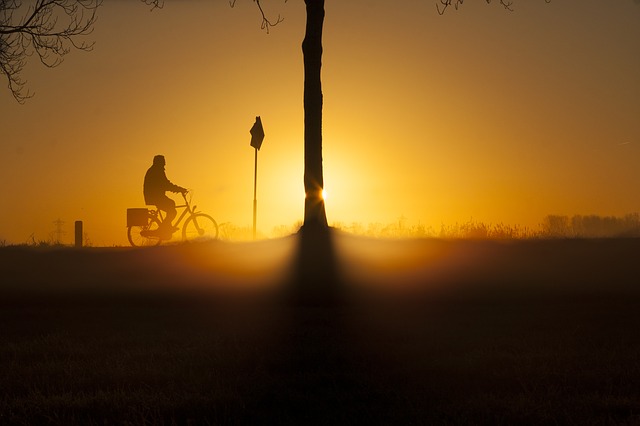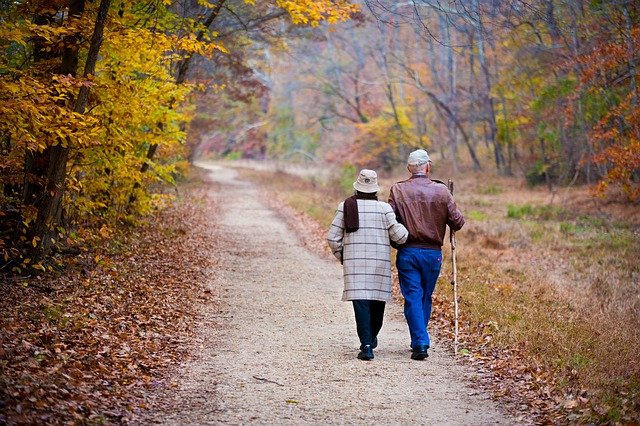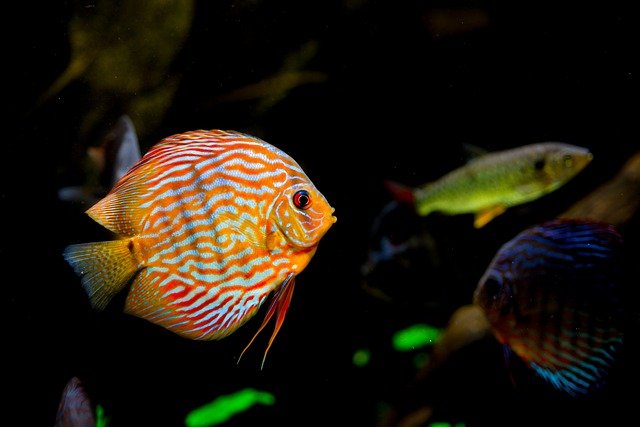Gabor Maté argues for a compassionate approach to addiction in his book, In the Realm of Hungry Ghosts: Close Encounters with Addiction. He points out that Portugal has successfully decriminalised the personal use of drugs that were previously illicit with the result that they have seen “a reduction in drug habits, less criminality, and more people in treatment”.
However, he maintains that a key success factor in this decriminalised approach is the development of effective rehabilitation processes and comprehensive resources to support them. Such rehabilitation approaches need to be viewed as ongoing and long-term as well as “patiently pursued and compassionately conducted”. Gabor claims too that Portugal’s success in decriminalisation of personal drug use is influencing the development of a more compassionate approach in Norway and Canada.
Gabor contends that addictions. no matter what their form or manifestation, in very many cases have their origins in the pain resulting from adverse childhood experiences. For example, in his book he explains that the self-harm (lacerations) employed by “Arlene” creates pain that obliterates, however briefly, “the pain of a larger hurt deep in the psyche” – a deep pain resulting from sexual exploitation when she was young.
Parents reaction to addiction suffered by their adult child or children often involves hurt or anger, instead of understanding and compassion. This censorious stance is underpinned by self-blame and a lack of self-awareness.
Gabor maintains that parents should not be blamed for their children’s addictive behaviour – they have most likely experienced intergenerational trauma and “unwittingly bequeathed” to their children their “own unresolved or unconscious trauma”. They have tried to cope with their own pain by what Johann Hari describes as “disconnection from childhood trauma” in his book, Lost Connections: Uncovering the Real Causes of Depression.
Adopting a holistic approach
Gabor also argues that a holistic approach to addiction in all its forms requires teaching people ways of self-care including meditation and other mindfulness practices as well as what he describes as “body-work” which covers practices such as yoga and Tai Chi and other forms of martial arts. Included in self-care approaches would be training in nutrition and overall stress management approaches such as reconnection to nature.
While Gabor acknowledges the benefits of 12-step approaches like that adopted by Alcoholics Anonymous (AA) and GROW, he asserts that these approaches are not for everyone and other methods may be more appropriate for some people. He argues for an approach that he calls “compassionate inquiry” which is based on trauma-informed understanding and a depth of inquiry that pursues causal factors rather than just seeks alleviation of symptoms.
The aim of compassionate inquiry is to help the person suffering addiction to identify the trauma/traumas that they have experienced early in life, to isolate the resultant negative self-messaging and to ultimately confront and name the underlying pain they are seeking to alleviate through their ineffectual addictive behaviour.
Reflection
Underpinning Gabor’s compassionate approach is his unshakeable belief, informed by research and decades of field work, that addiction “arises from thwarted love” and that it is “one of the commonest and most human manifestations of torment”. He maintains that the addicted person is constantly seeking external solutions for their internal “insatiable yearning for relief and fulfillment” – a state he describes as the Realm of Hungry Ghosts.
As we grow in mindfulness through reflection, meditation and body-work practices such as Tai Chi we can enhance our self-awareness, reduce self-blame and increase our understanding and compassion towards ourselves and others who are addicted.
___________________________________
Image by Gisela Merkuur from Pixabay
By Ron Passfield – Copyright (Creative Commons license, Attribution–Non Commercial–No Derivatives)
Disclosure: If you purchase a product through this site, I may earn a commission which will help to pay for the site, the associated Meetup group, and the resources to support the blog.









